The modifications performed were safe within the objectives and the context of the gun in question.
Which may not be exactly the same as yours.
All machining operations carry some risk, be safe, be careful and always err on the side of caution.
When working with open flames, specially the high temperatures one, extra care needs to be taken with all liquids and gases present in the area. Do NOT risk it.
For those that do not like to devote time to reading long blogposts, let me save you the hardship:
It didn't work.
For those that enjoy the trip more than the destination, welcome aboard and read on!
As any "de-tune", this started by cutting down coils from the Titan #1 spring.
I will assume that readers are conversant with the operations of cutting, sanding/grinding, forging closed and then squaring an airgun spring. So I will skip those details.
Where we left last entry was that the QYS's were coming out of the muzzle at 879 fps ± 3, and BHE's at 876 fps ± 3. With a pre-load of 64 mm's
The goal was to get MV's of 797 fps for the QYS's, so we cut off two coils. Now pre-load was 47 mm's and MV's were for the QYS's: 877fps ± 6 and the BHE's 870 fps ± 4.
So, two coils off and we only lost 2 fps????!!!!!
We took off two coils more, this time pre-load was 29 mm's and MV's were 838 fps ± 3 for the QYS's and 796 fps ± 5 for the BHE's
Since we were still some distance off the goal, I took off one more coil. Preload was now 18 mm's and MV went down to 766 fps ± 3 for the QYS's and 729 fps ± 3 for the BHE's.
To recover some of the MV, I added a 0.081" spacer at the bottom of the spring, and that drove the MV's to 801 fps ± 3 for the QYS's and 757 fps ± 2 for the BHE's
With those uniformities, I had high hopes for the de-tune. so I started shooting test targets. This is where we were in for a disagreeable surprise.
But let's get to the pictures:
And so I decided to test something else, the harmonics tuner:
Completely frustrated, I decided to test myself, and this is the benchmark:
I started thinking that the spring and the guide were simply not in agreement with the rest of the gun.
What followed then was to check the gun with a Walther kit, to see how it behaved.
And so, I installed a Walther 12 ft-lbs kit (piston, spring and guide). MV's were quite satisfactory:
QYS's: 786 ± 5
JSB Xp: 825 ± 3
JSB Xact: 786 ± 2
Testing pellets with the barrel's preferred lube:
So, clearly, this barrel simply does not want to perform at long range at this power level. Yes, there are barrels like that. I would say that MOST barrels are like that.
CONCLUSIONS:
While it was somewhat disheartening to see the good behaviour not carried out to the low power level, it did confirm that the ABP, as a technology, is more reliable at these power levels that a large pre-load.
I have reverted the gun to its higher performance and, MAYBE in the future, I will shoot a "Hunter" course with it, as the performance of the slightly heavier pellet at the limit of stability is indeed interesting.
And, so we learn more from our "failures" than from our successes. Yes that is science, that is life.
Next will be the application of these findings to the 430L.
Keep well and shoot straight!
HM
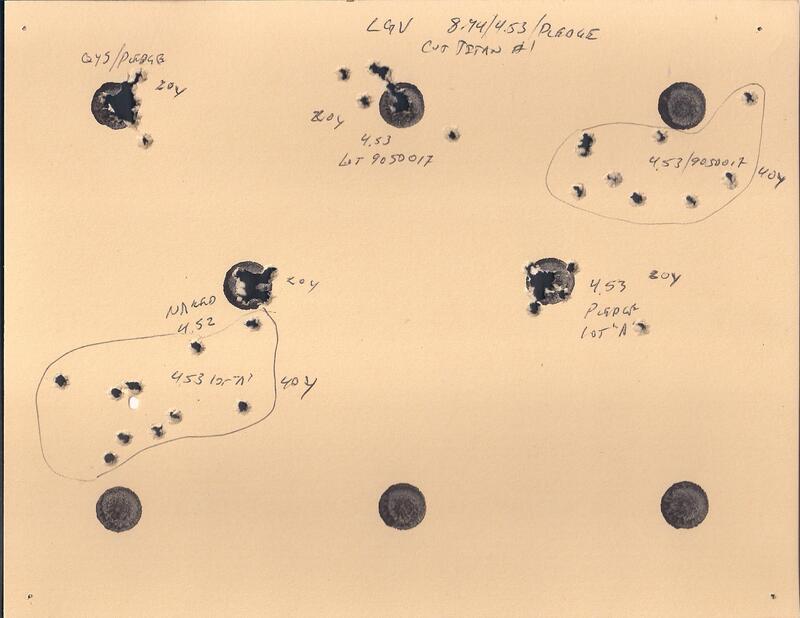
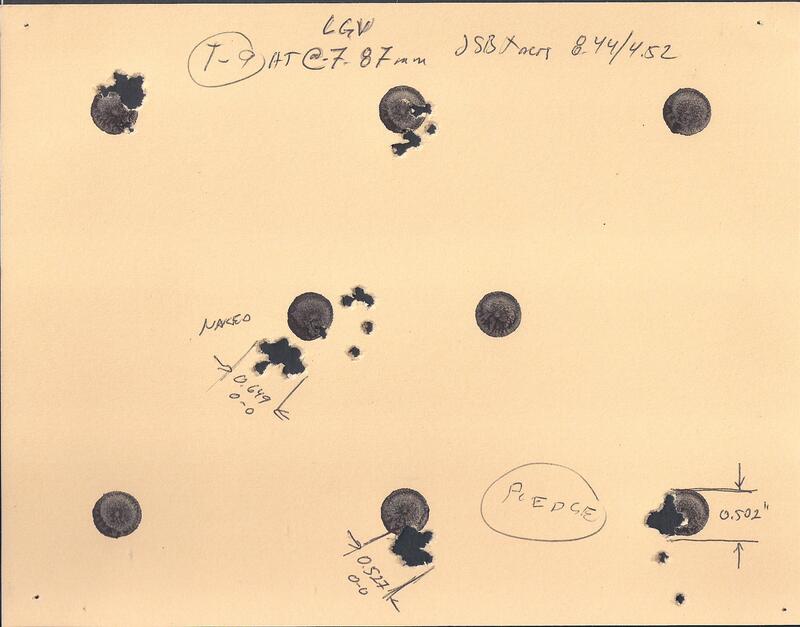
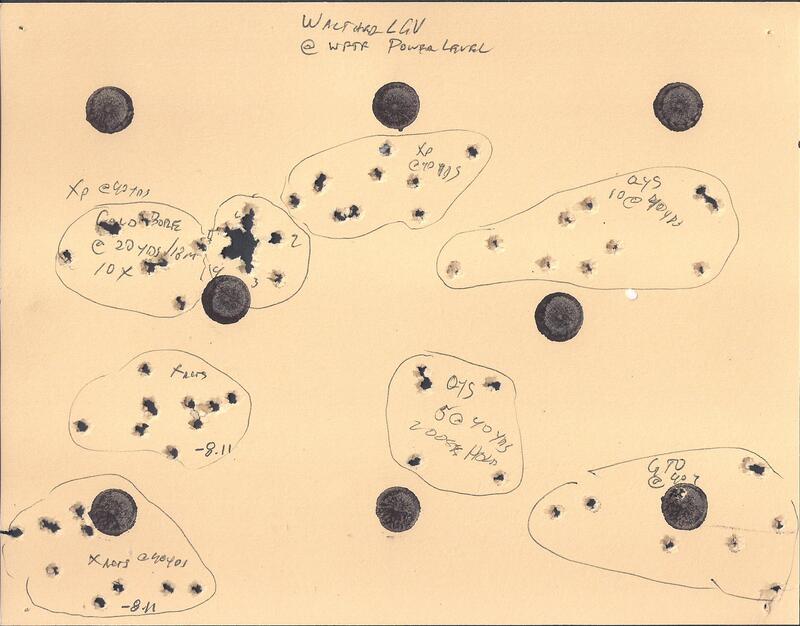
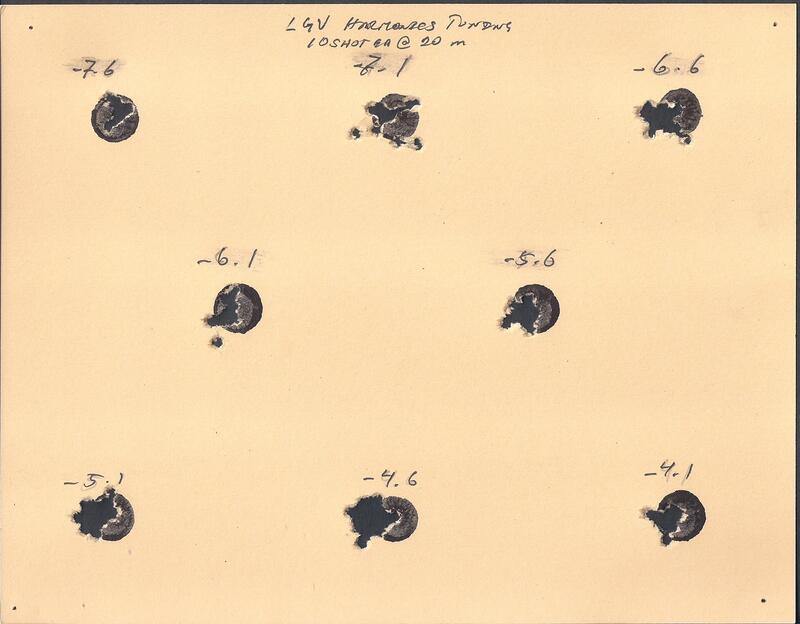
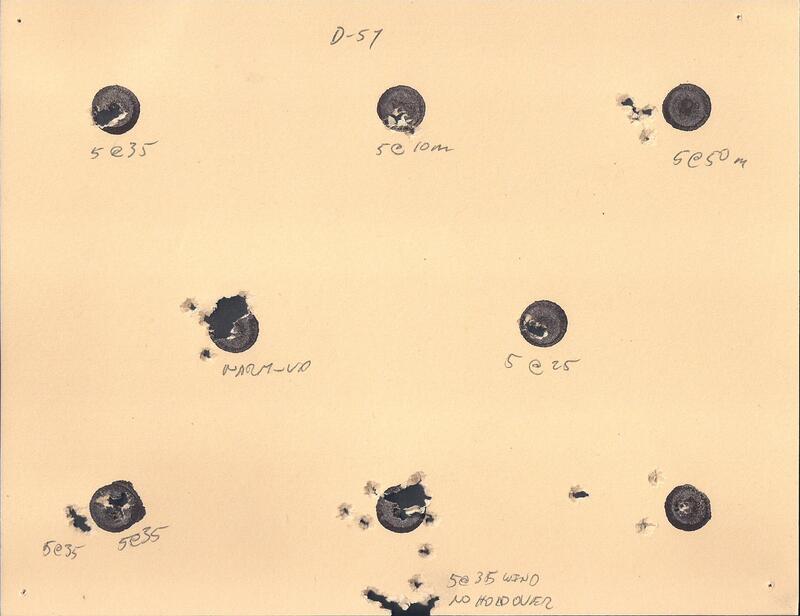
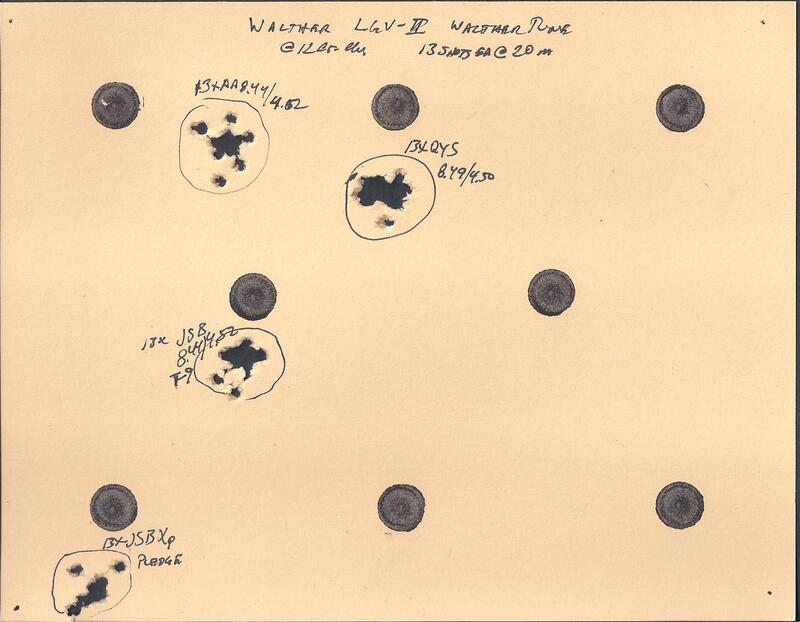
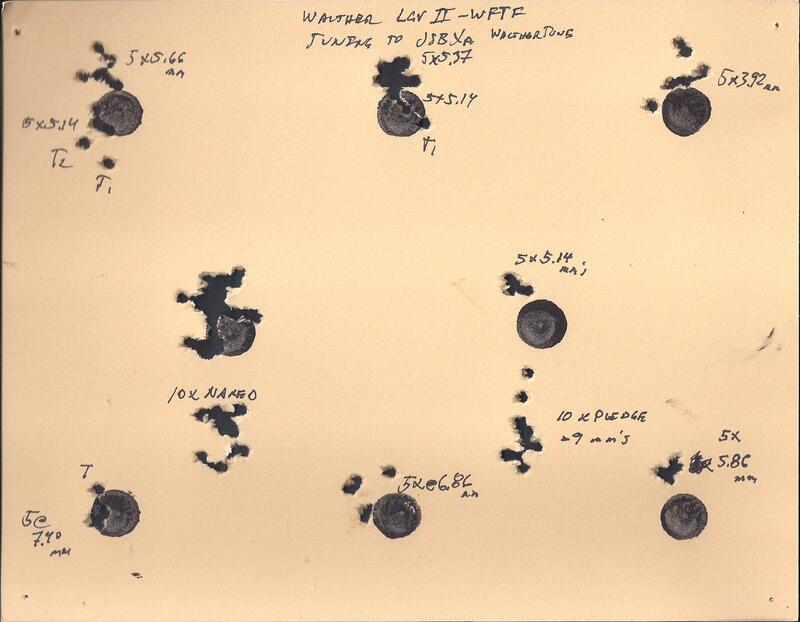
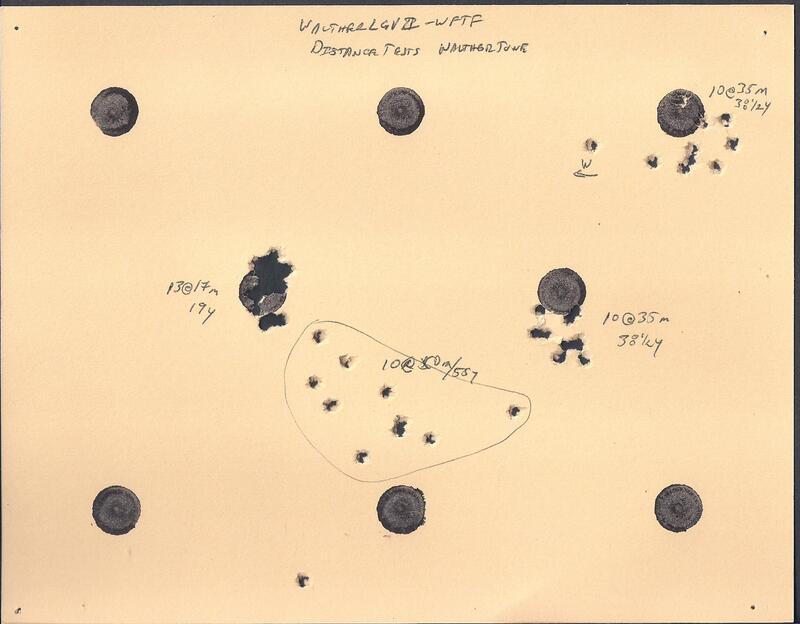
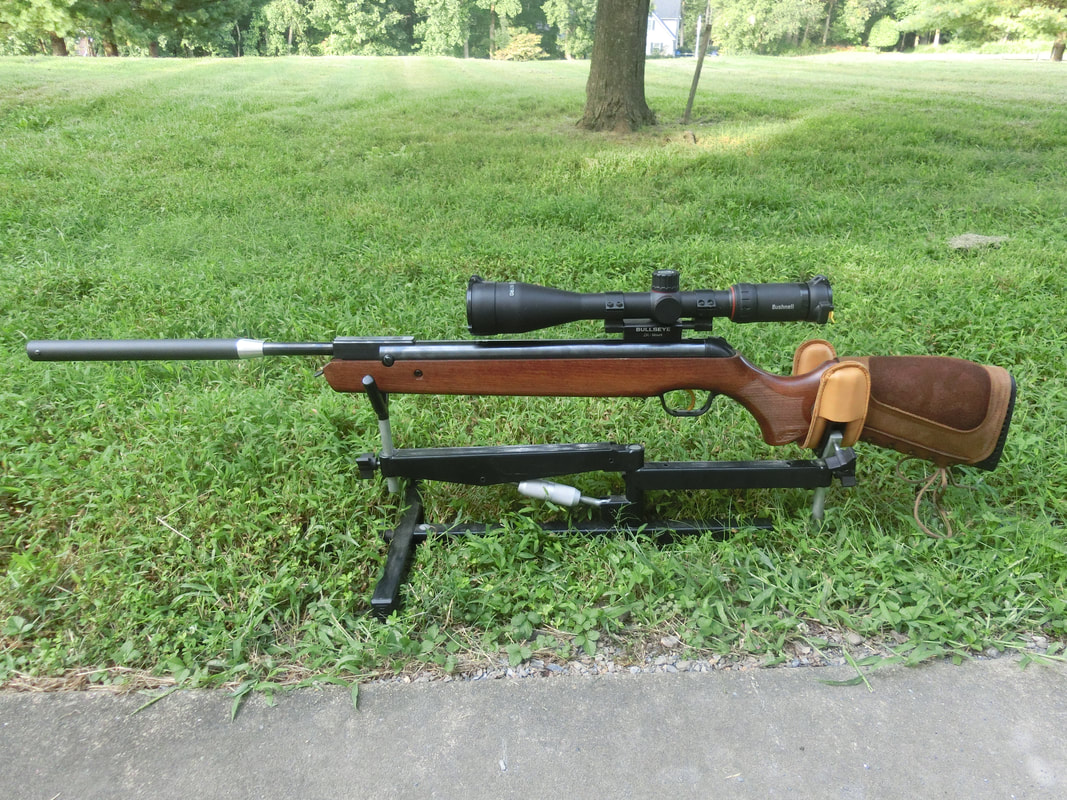
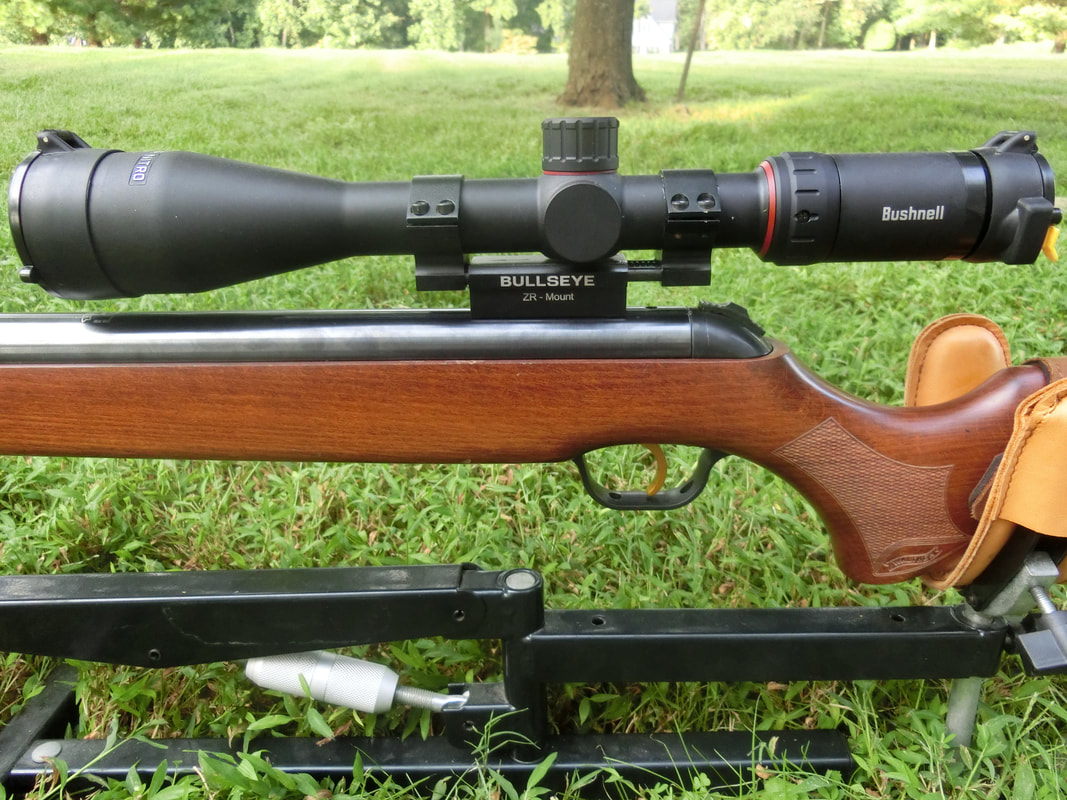
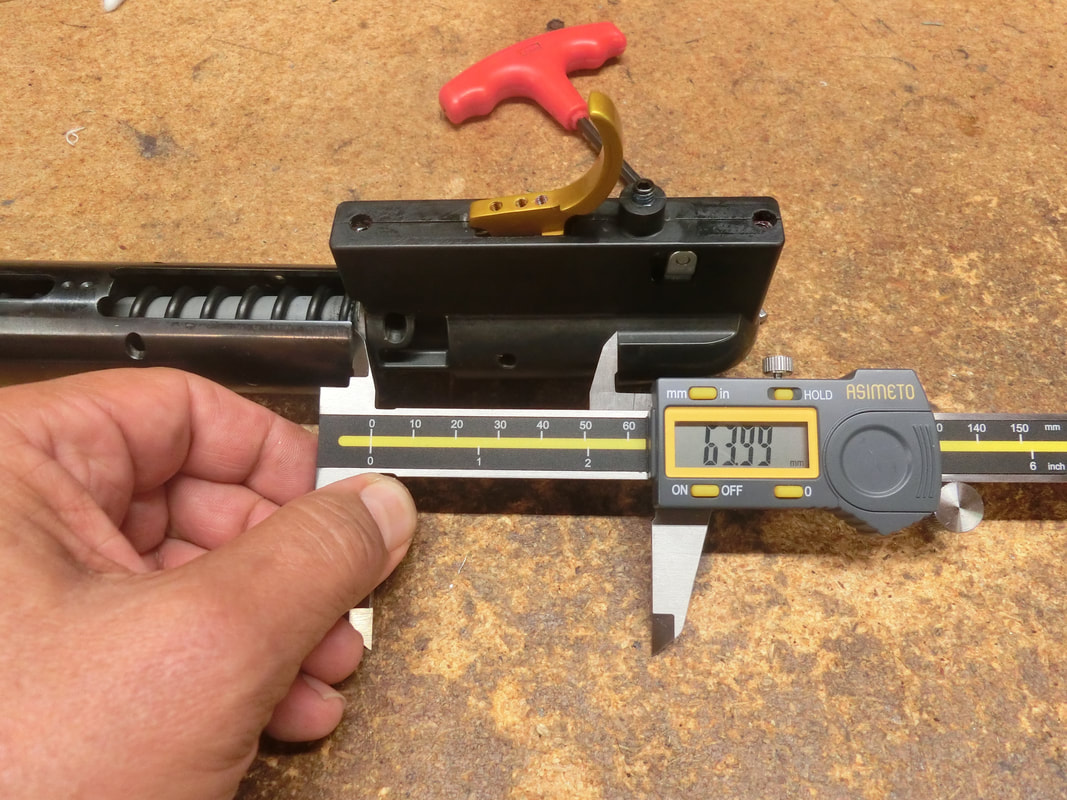
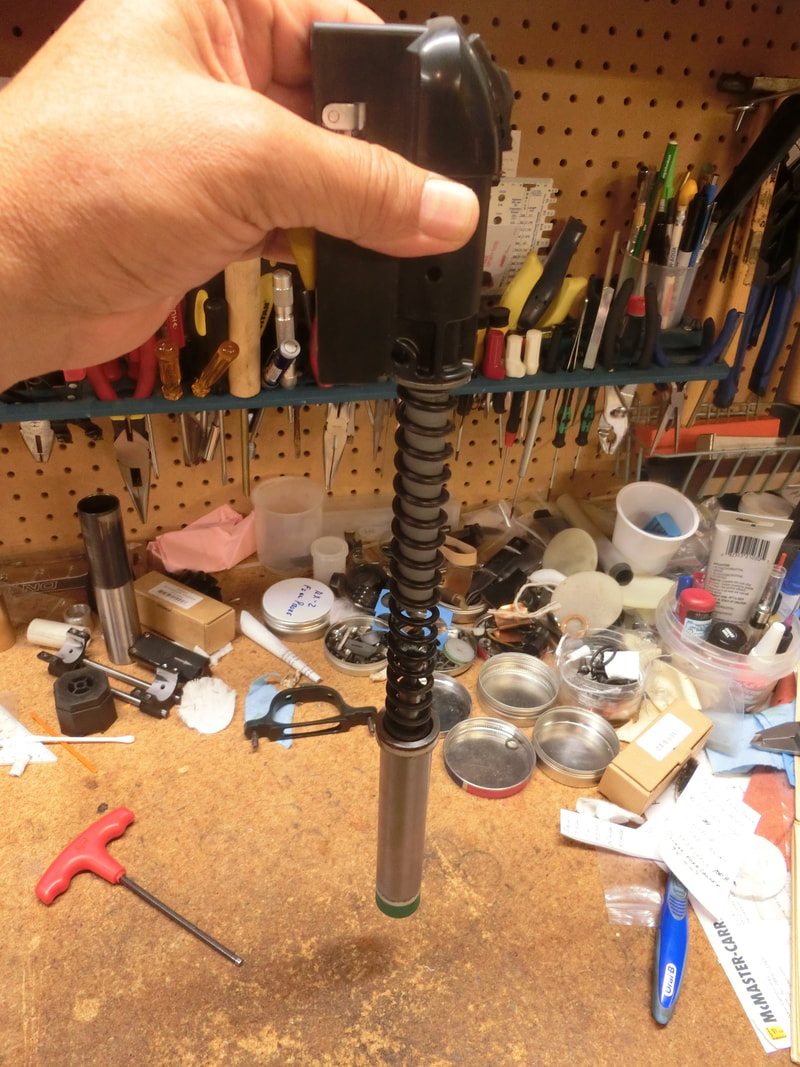
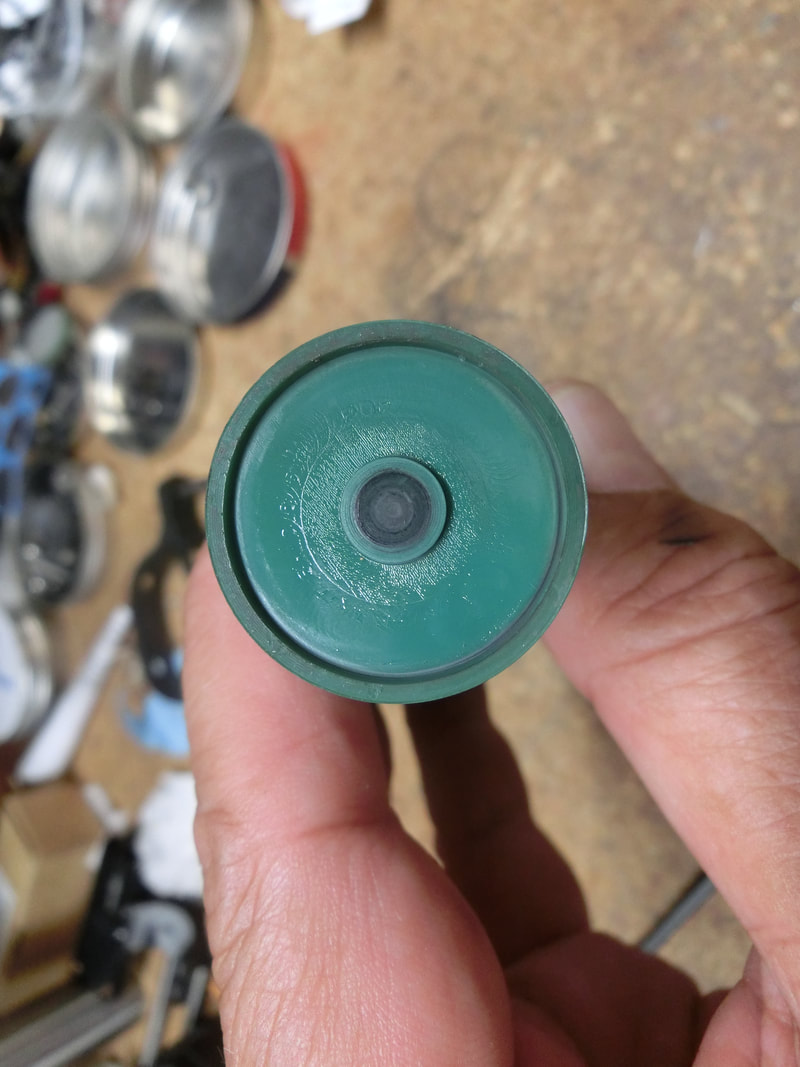
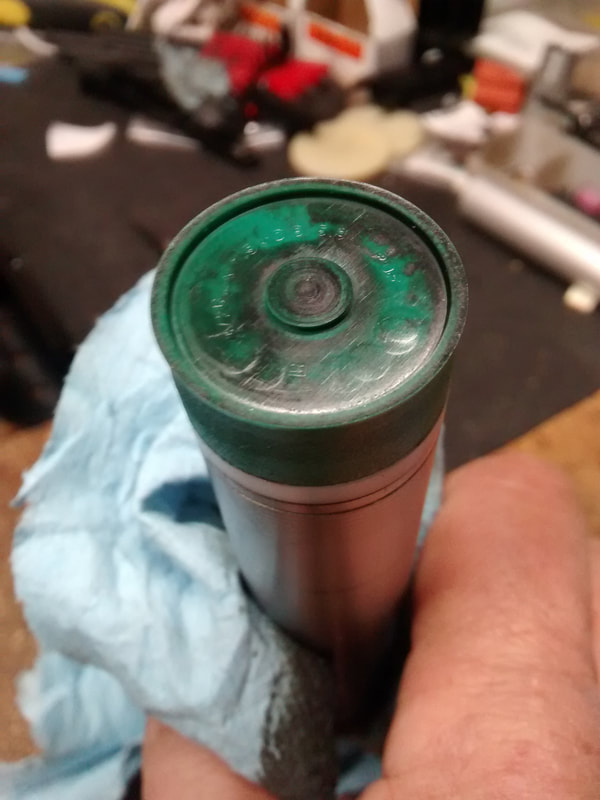
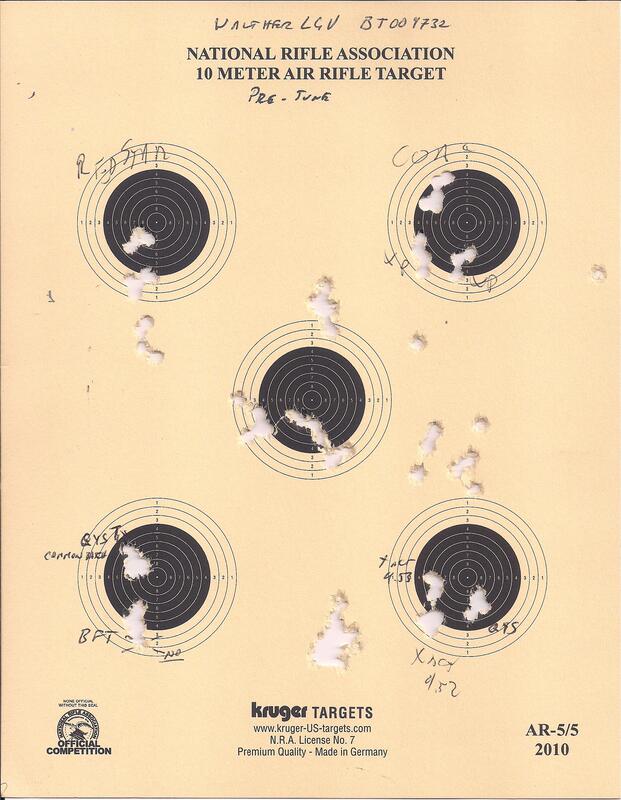
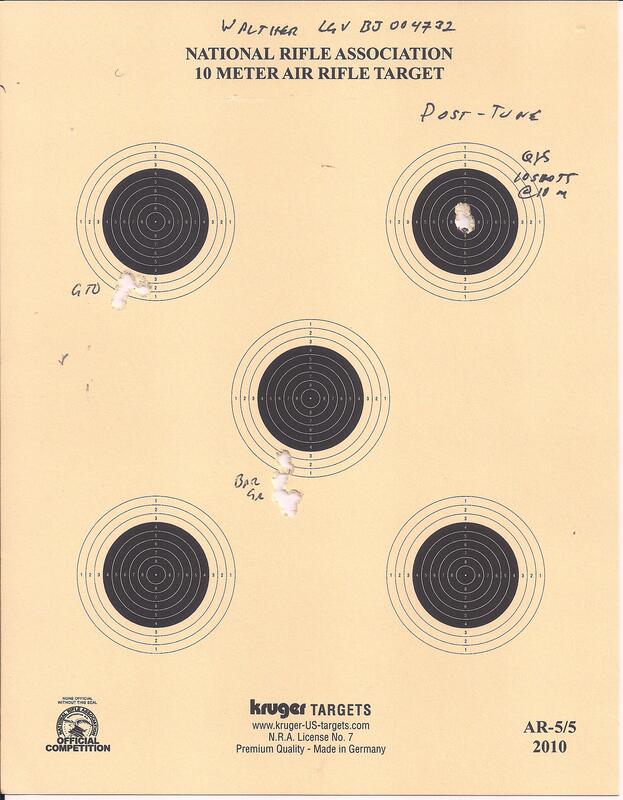
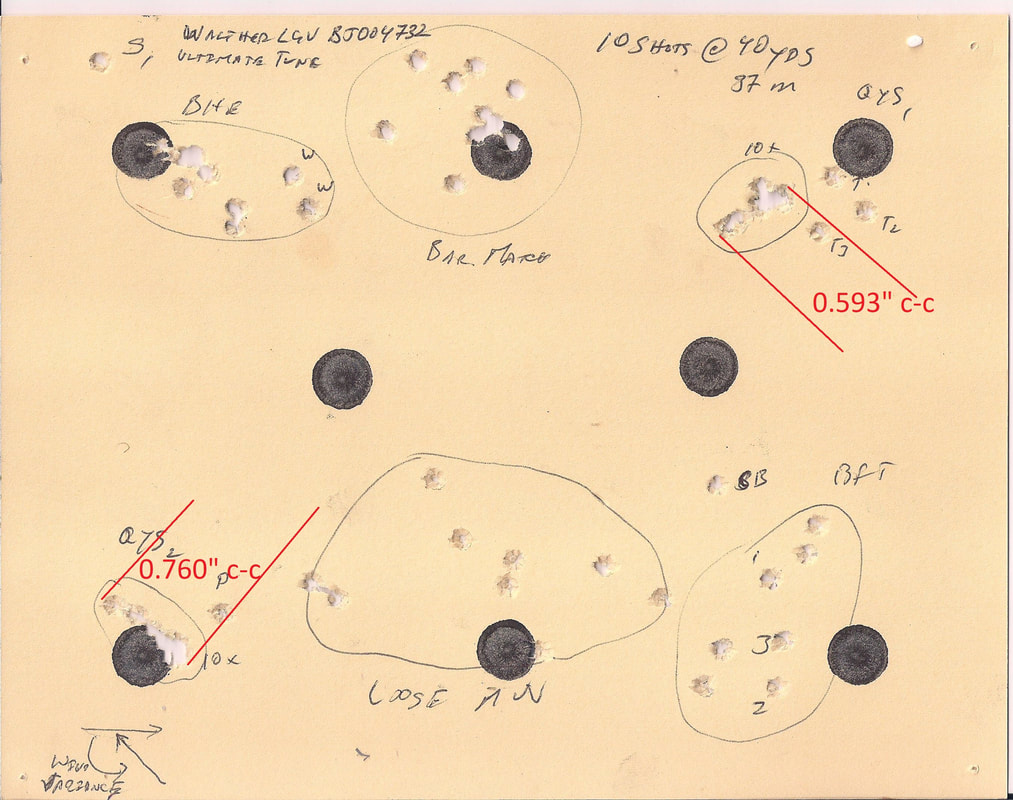
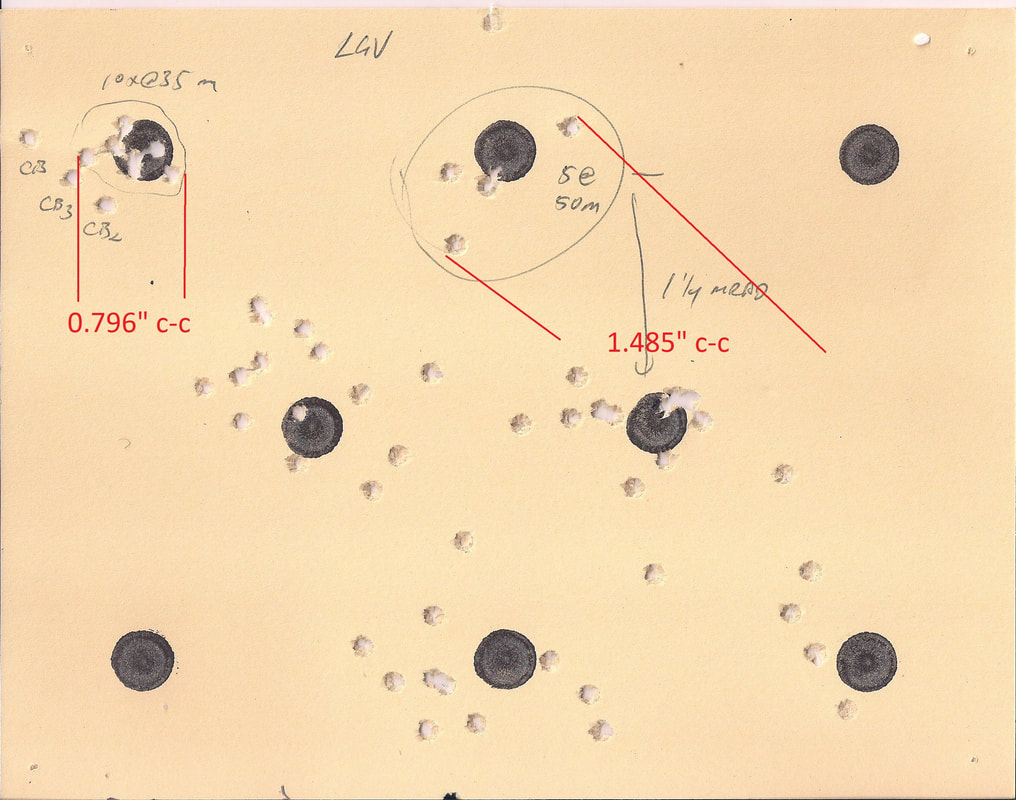
 RSS Feed
RSS Feed